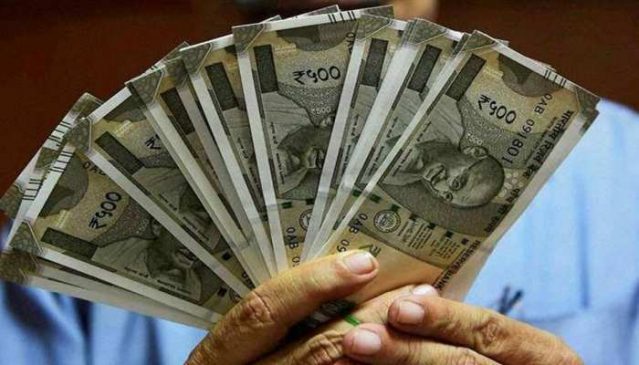New Delhi: India is likely to emerge as the largest recipient of foreign remittances again, totalling $125 billion in 2023, according to a new World Bank report.
Read More: Year Ender 2023: How Rising Inflation Impacted Common Man’s Cost Of Living This Year?
This is a mark-up of 13 percent from 2022’s $111 billion – an inflow that has significantly propelled the growth of remittances in South Asia as a whole (7.2 percent).
On Monday, the World Bank released its latest “Migration and Development Brief” which lists the top five recipients as India, Mexico, China, the Philippines and Egypt.
Last year, too, India, Mexico, China and the Philippines were the top four, but Egypt has now replaced Pakistan in the fifth spot.
The US continues to be the top source of remittances, which is the transfer of money by a foreign worker to his family or other individuals in their home countries.
Remittances can play a role in improving a country’s ability to repay debt and may even serve as collateral to lower the costs of international borrowing for national banks in developing countries.
This year, India’s remittances are expected to be more than double that of China. In 2022, too, the remittances entering India ($111 billion) were more than double the amount entering China ($51 billion).
Data from the World Bank’s report shows that in 2023, Mexico will emerge as the second after India, with an inflow of $67 billion this year, followed by China ($50 billion), the Philippines ($40 billion) and Egypt ($24 billion).
Digitalisation in India, especially through UPI payments, has facilitated higher remittance flows to India, the report added.
“Mobile phones and digitalisation have revolutionised India’s fintech ecosystem, which has positive spillovers for Indian migrants and how they remit funds to India,” the report said.
“The government’s initiatives such as the Unified Payments Interface (UPI-PayNow) linkage for cross-border remittances between India and Singapore, launched in February 2023, is being extended to other countries to reduce transaction costs and facilitate higher remittance flows,” it added.
India’s remittances are expected to touch $135 billion in 2024, the report said, mainly because of unemployment rates “edging up” marginally in the US and UK.
But this will also hinge on developments in the Middle East and with regard to the Gulf Cooperation Council (GCC) countries, as almost 29 percent of India’s remittances come from this region.
Read More: RBI penalties on banks, NBFCs add up to Rs 40.39 crore for 2022-23
Remittance growth in South Asia ‘attributable’ to India
In terms of regions, Latin America and the Caribbean saw the highest growth of remittances at 8 percent followed by South Asia at 7.2 percent.
Remittance flows to South Asia were estimated to reach $189 billion this year.
According to World Bank data, the growth seen in South Asia is “attributable entirely” to remittance flows to India.
“The increase (in remittances in South Asia) is attributable entirely to remittance flows to India, which are expected to beat previous forecasts by $14 billion and reach $125 billion in 2023,” the report added.
It further said this regional average growth was the outcome of high growth in one half of the South Asian countries (Bangladesh, India, Nepal, and Sri Lanka) and declines in the “other half” (Afghanistan, Bhutan, Maldives, and Pakistan).
The key drivers of remittance growth this year include a historically tight labour market in the US, high employment growth in Europe, and a dampening of inflation in high-income countries.
Further, many countries, including India, have set up savings programmes to attract foreign currency deposits from their non-resident citizens, the report said. These usually come with incentives such as being repatriable, yielding higher interest rates and tax exemptions.
As of September 2023, non-resident Indian deposits in India amounted to $143 billion, an increase of over $10 billion year-on-year.
This comes despite a slew of new migration measures from Western countries such as the UK’s restrictions on overseas care workers bringing over family dependents or Australia’s new rules for additional scrutiny on subsequent student visas for further study.
Among economies where remittance inflows represent very large shares of the GDP, the top five countries for remittances this year included Tajikistan (48 percent of GDP), Tonga (41 percent), Samoa (32 percent), Lebanon (28 percent), and Nicaragua (27 percent).
Read More: Rise In Covid-19 Cases: Health Ministry Advises States, UTs To Increase RT-PCR Testing
In comparison, the share of remittances in the Indian economy is just 3.4 percent, despite it being the largest recipient of remittances in the world.
Similarly, this share is in single-digit figures for other South Asian countries. For example, it is around 7 percent in Sri Lanka and Pakistan and 5.2 percent in Bangladesh.

































